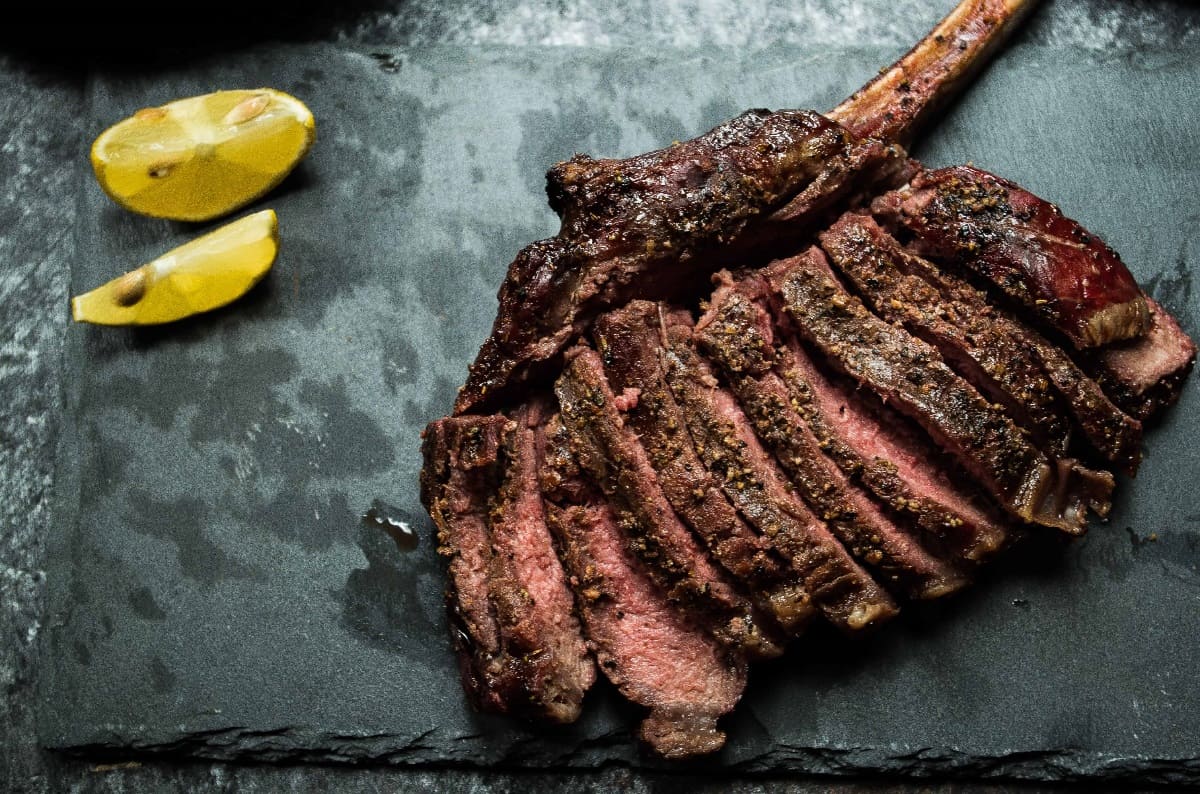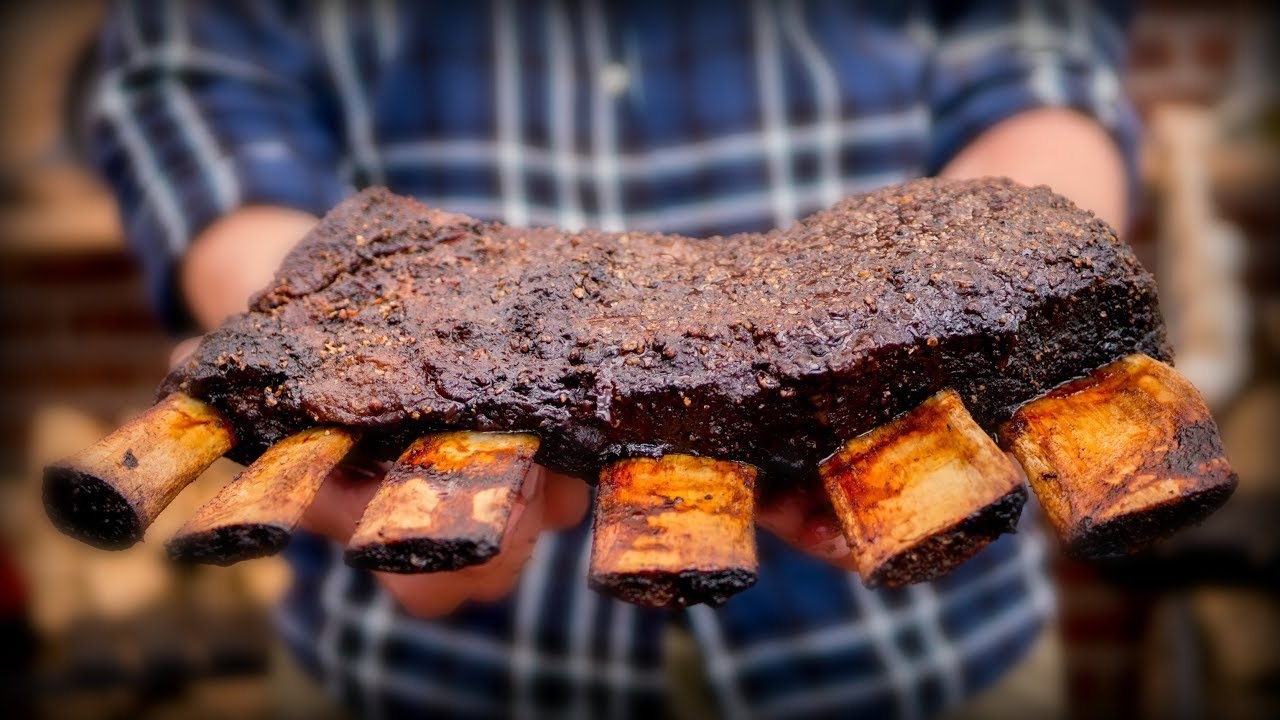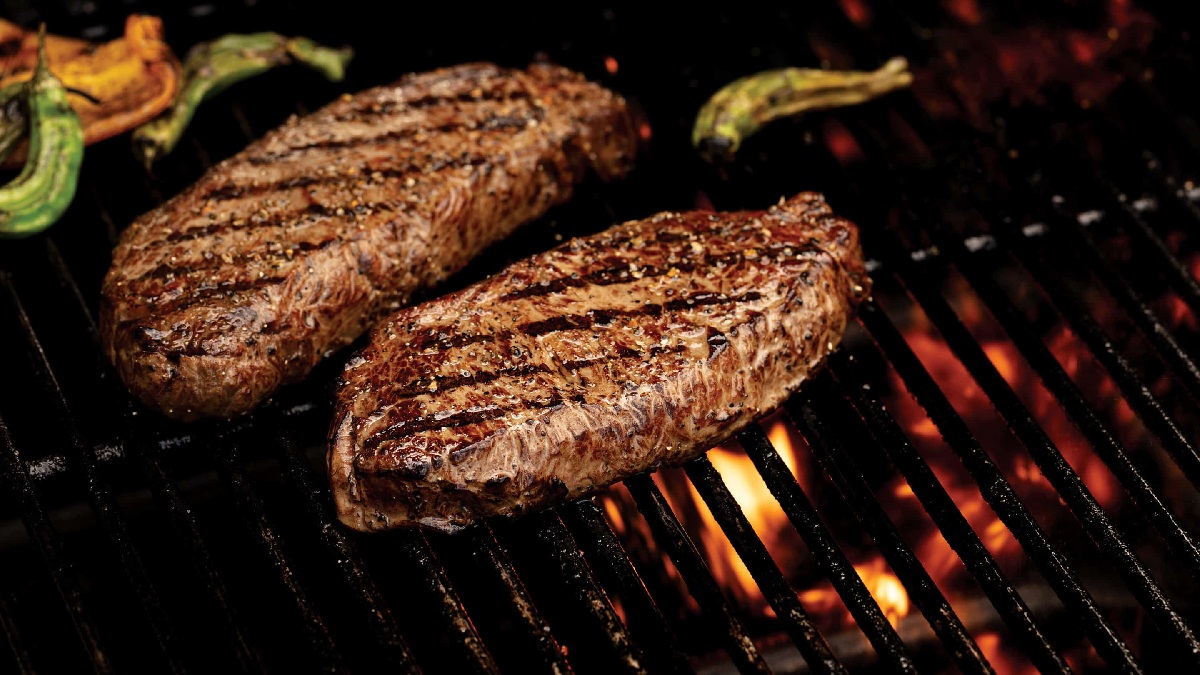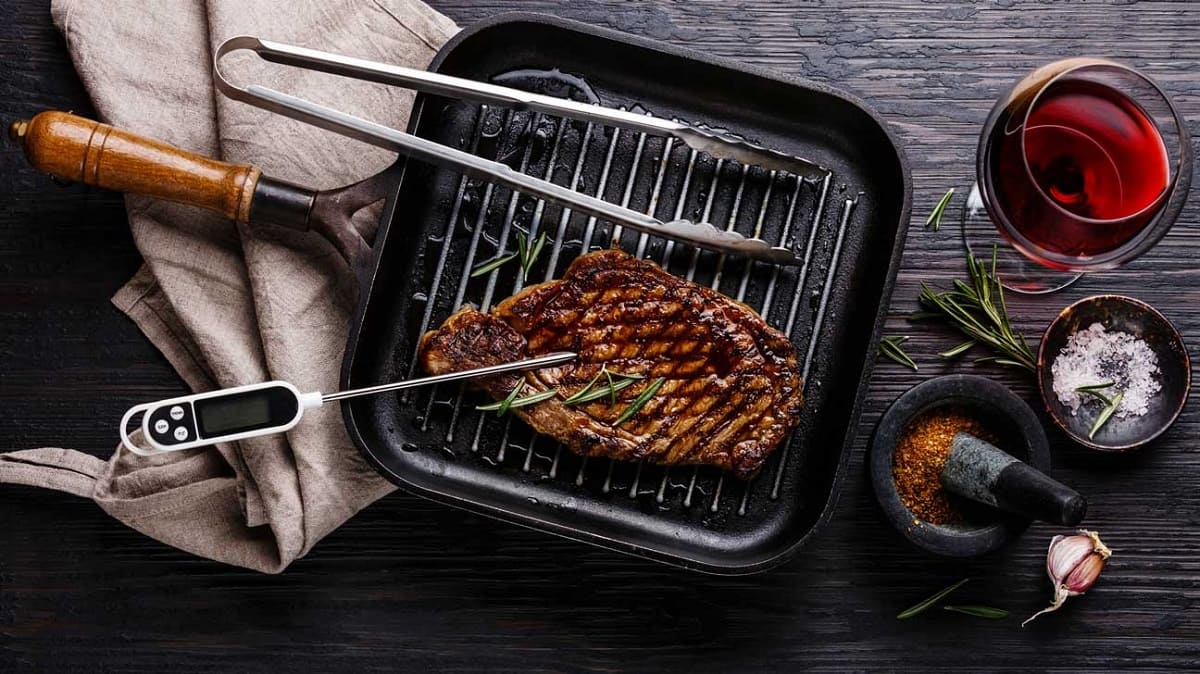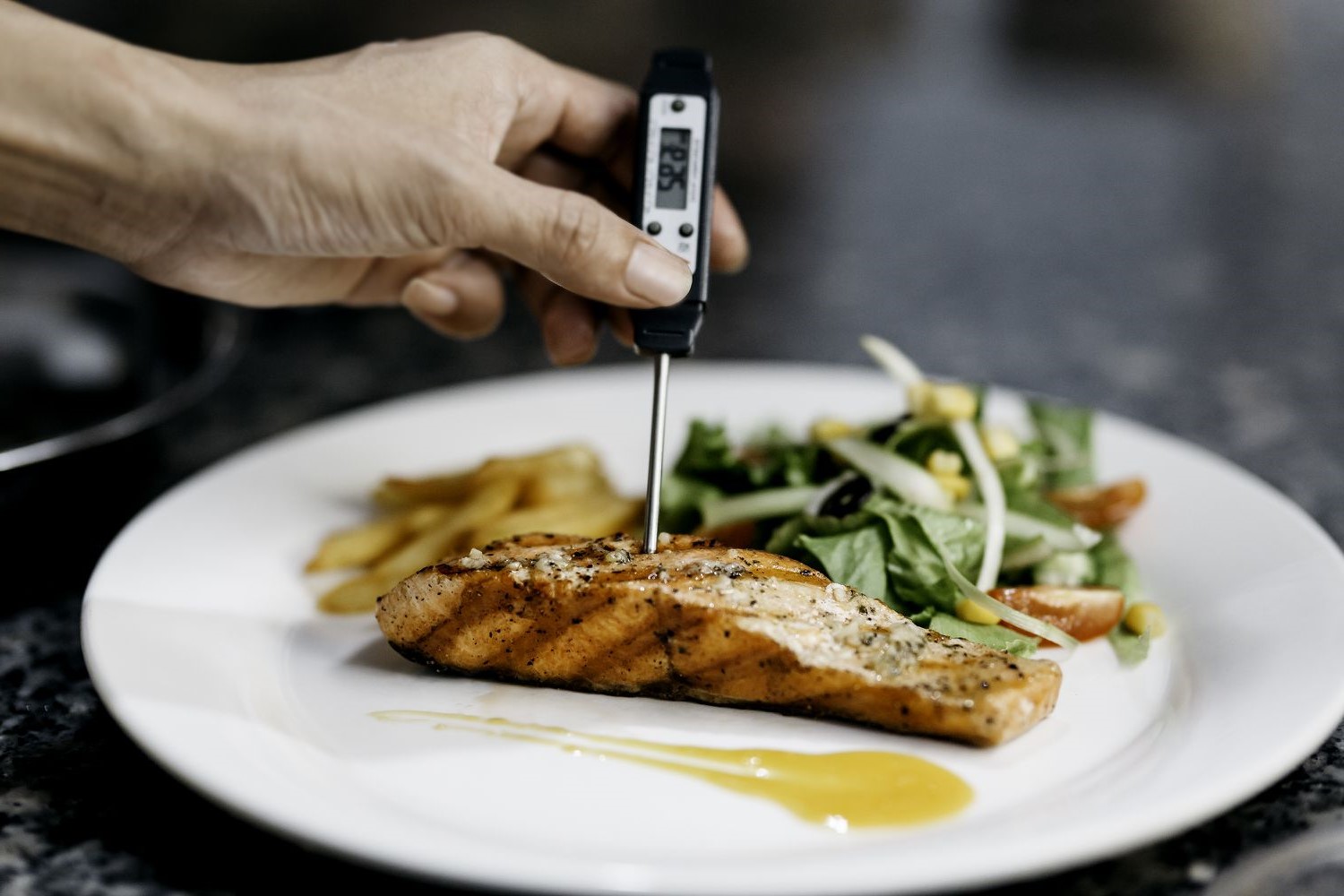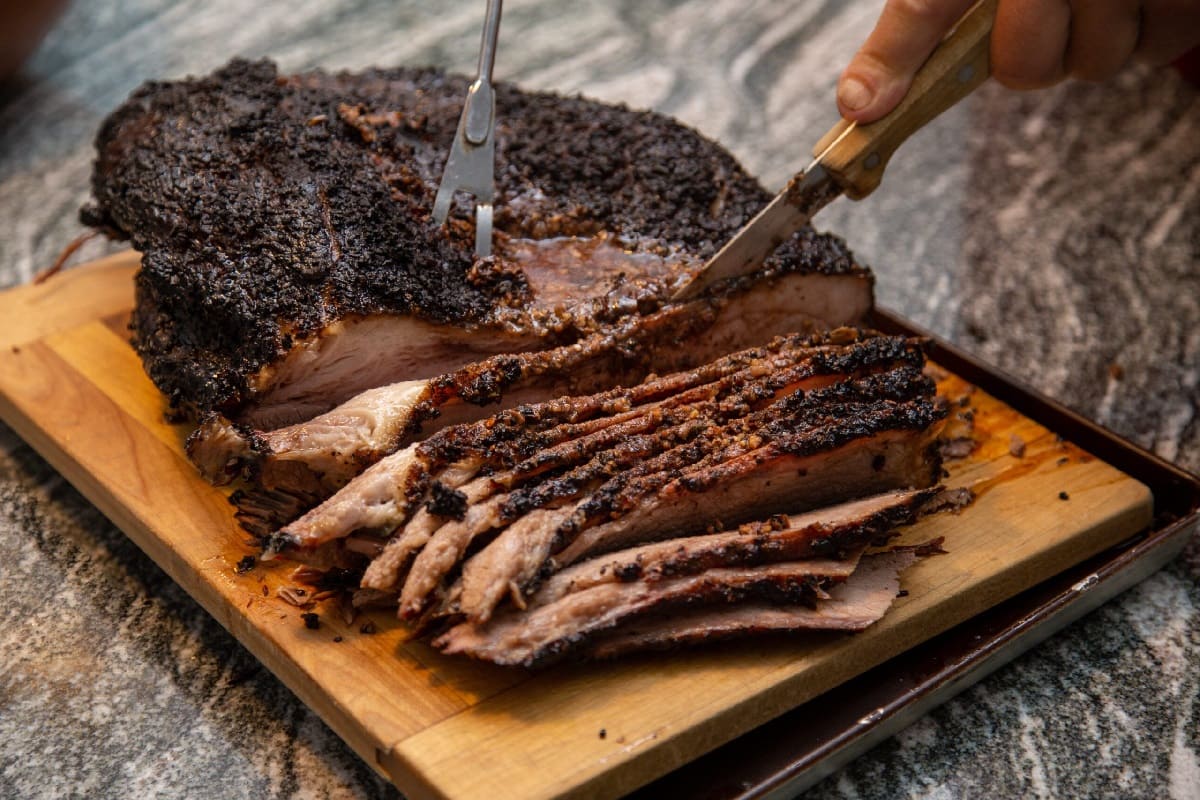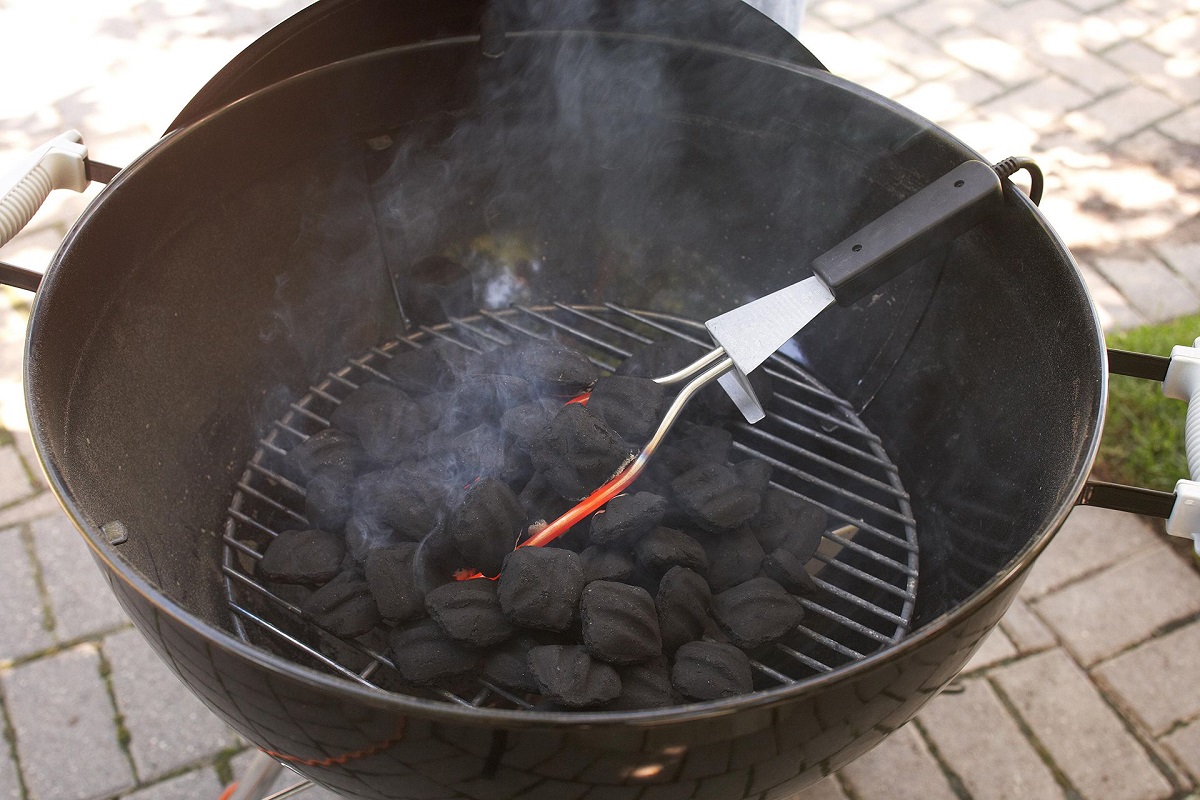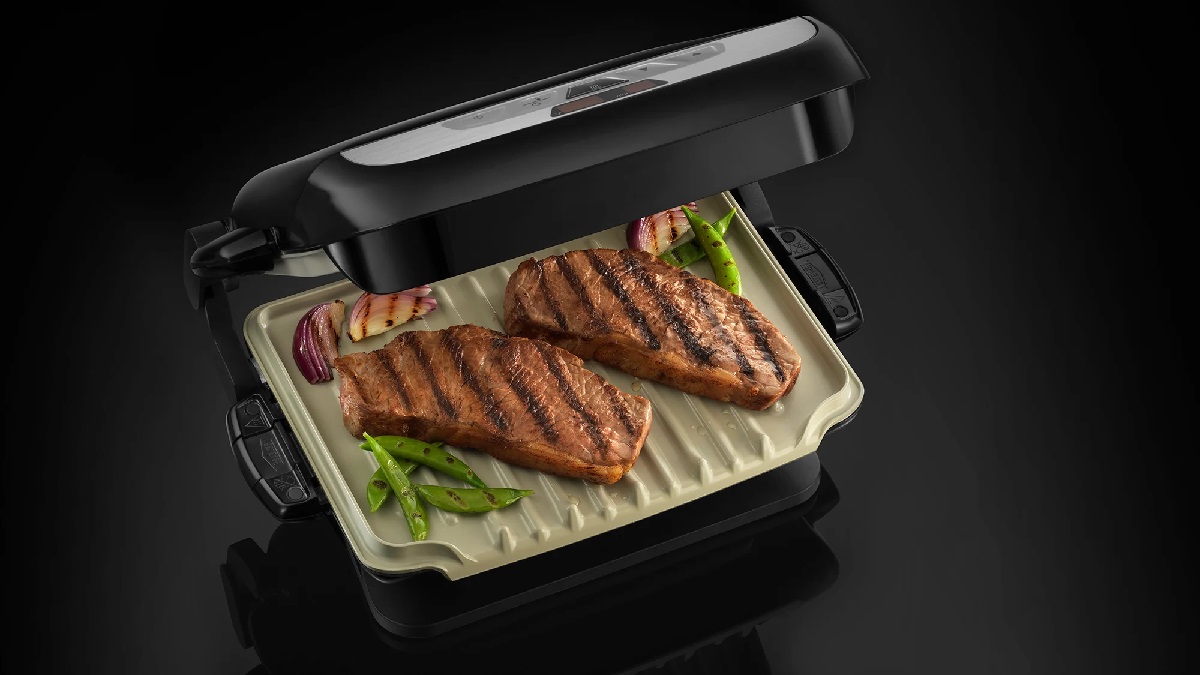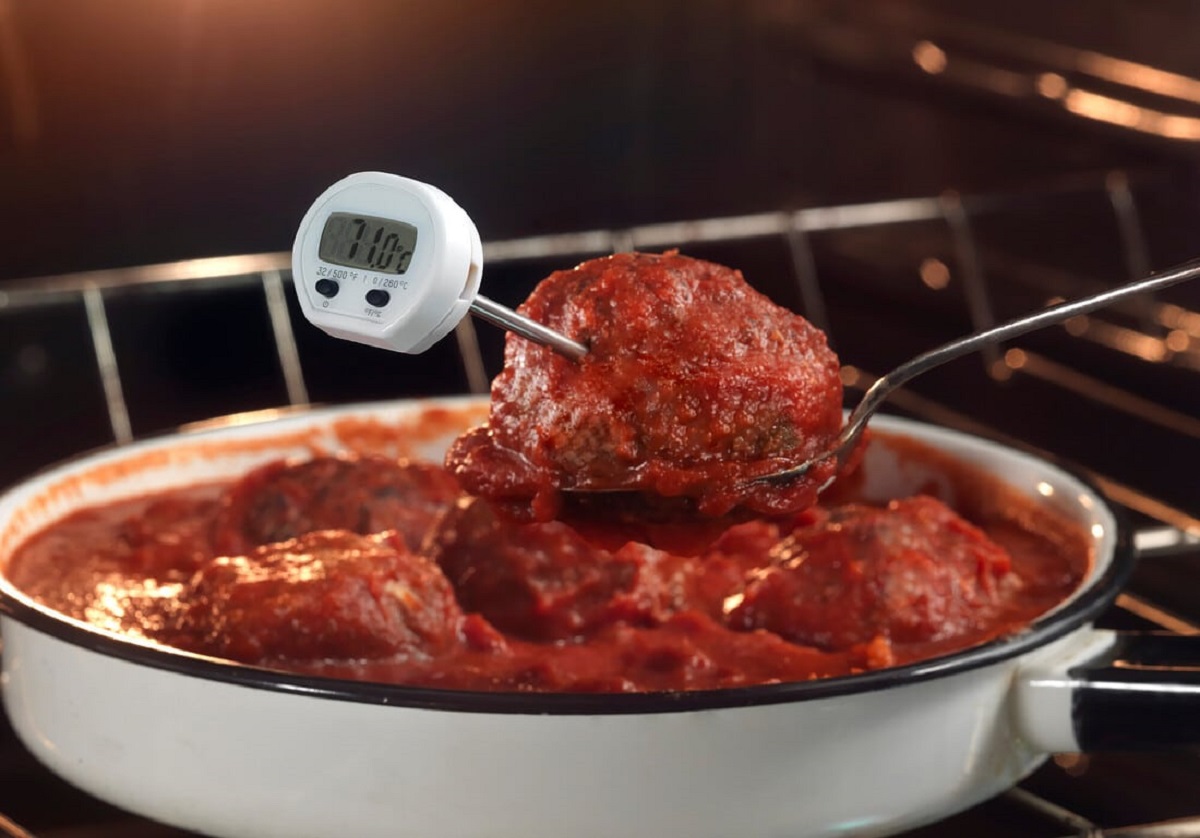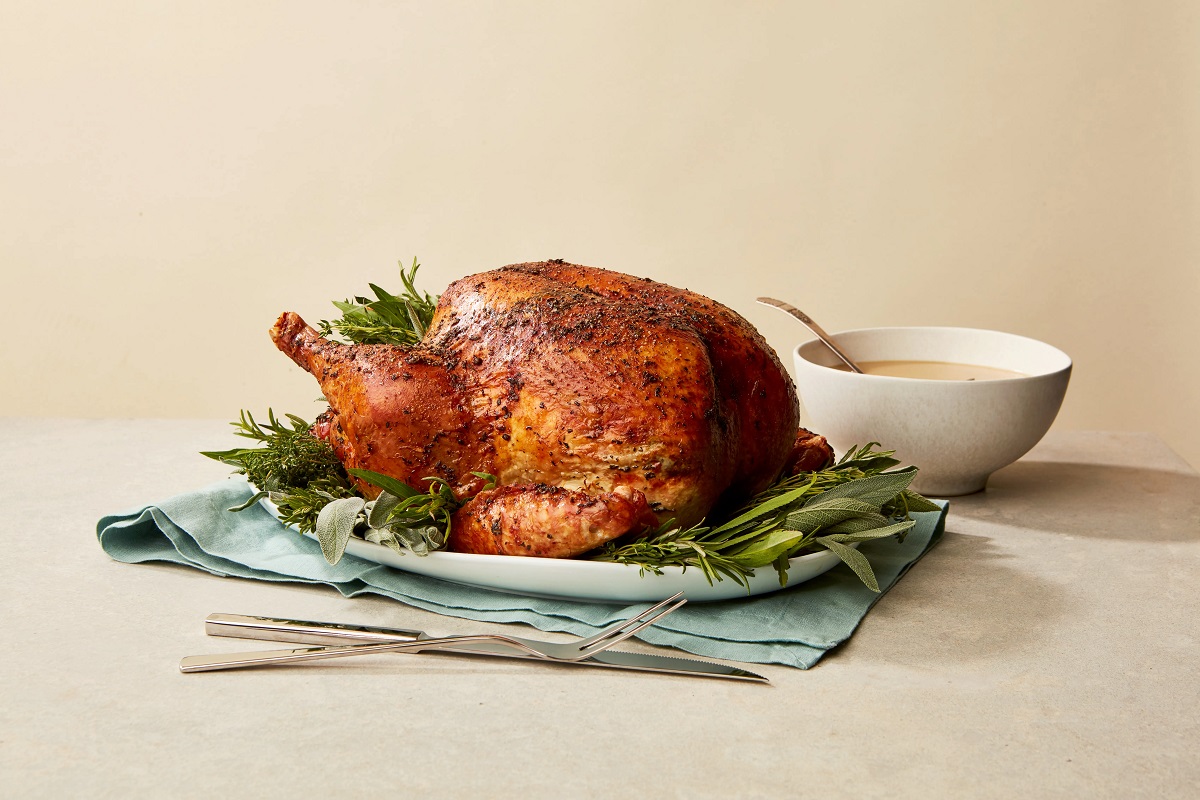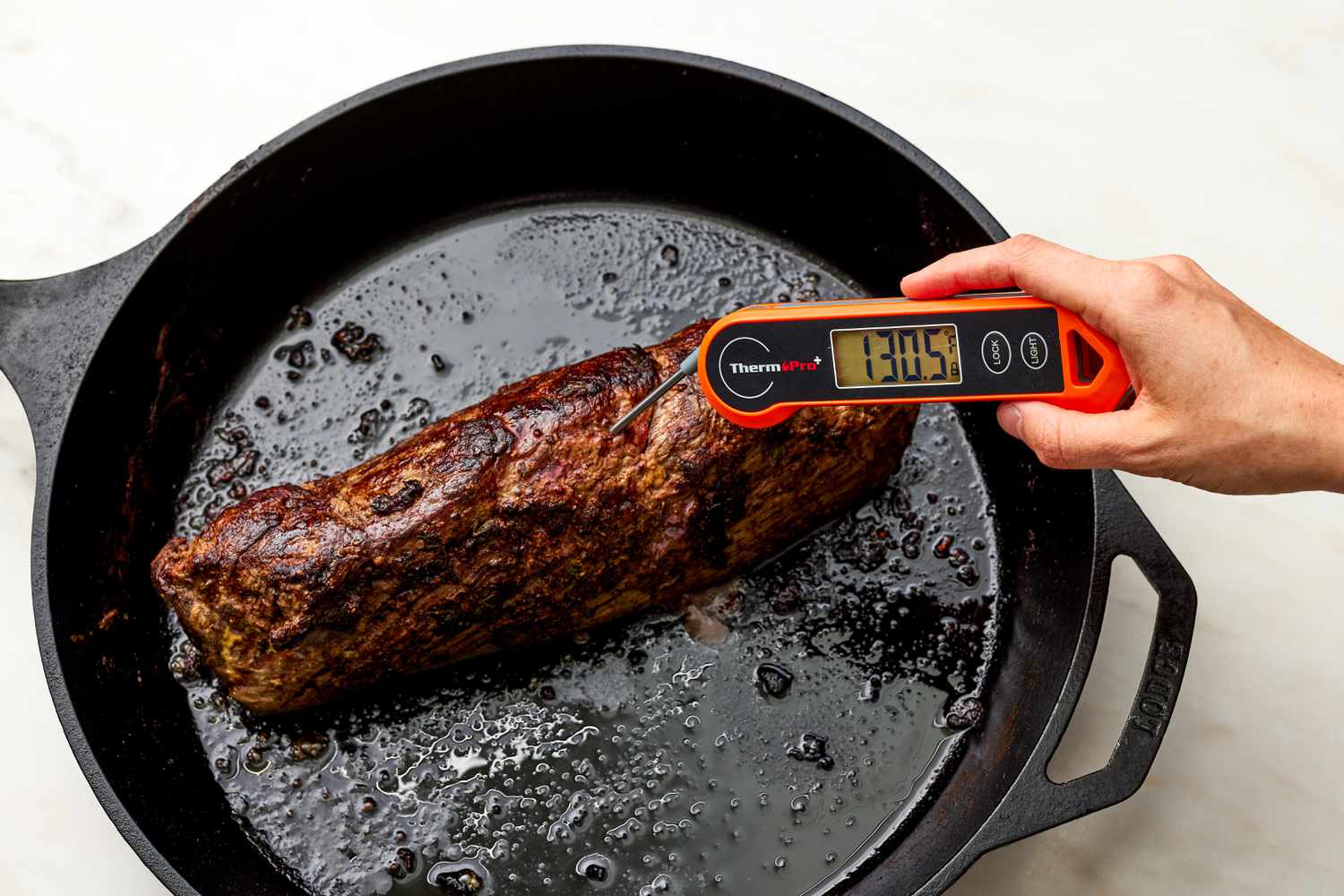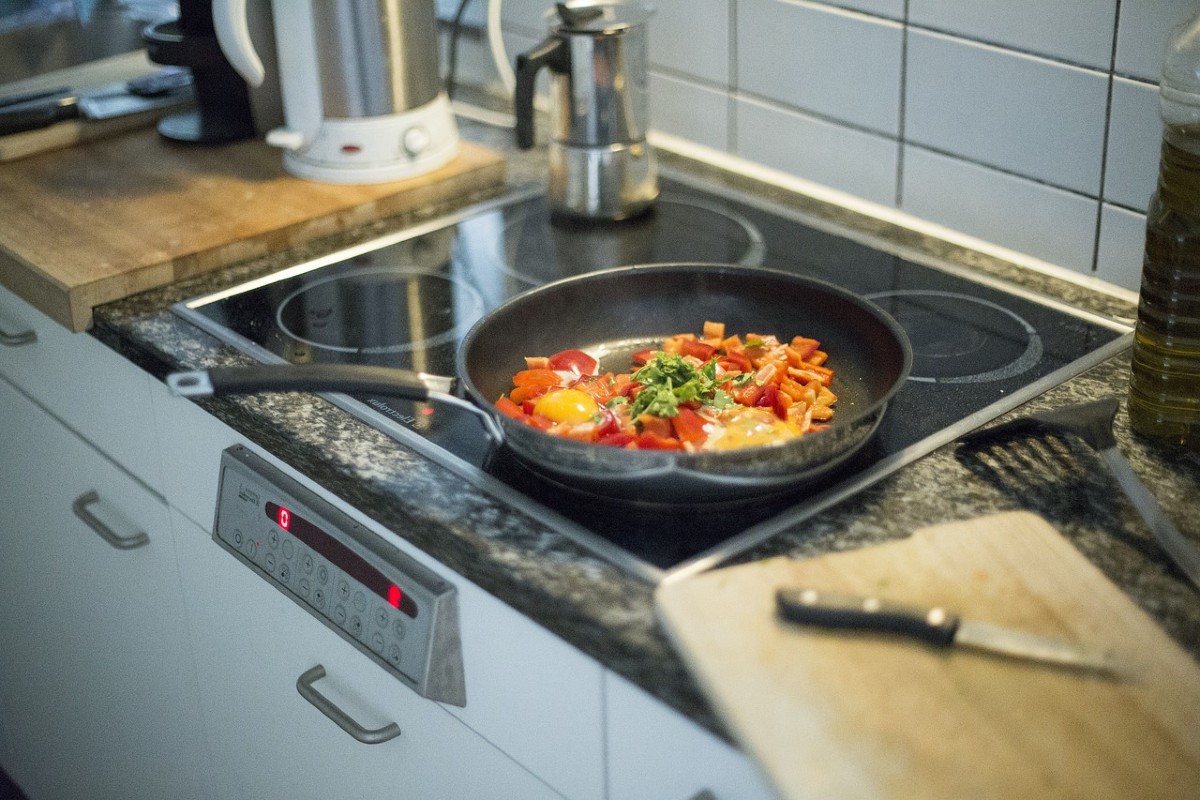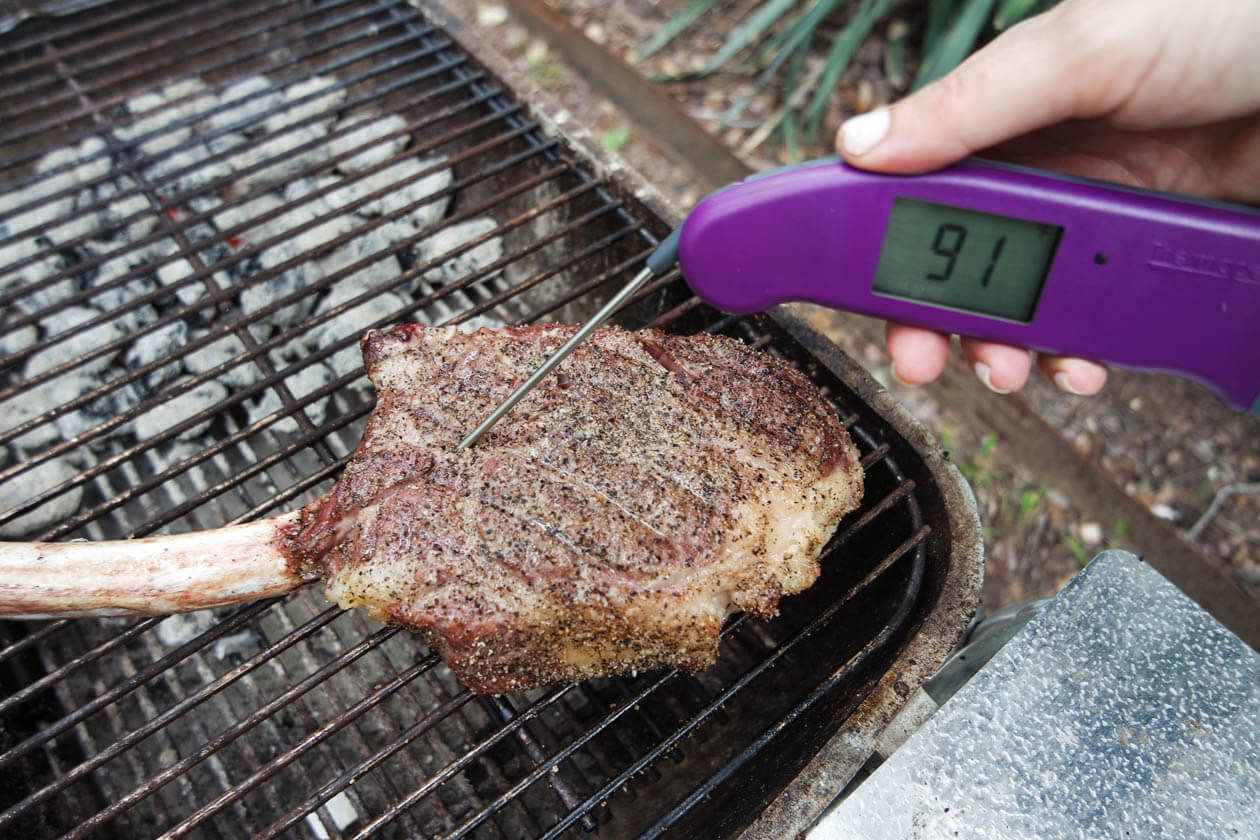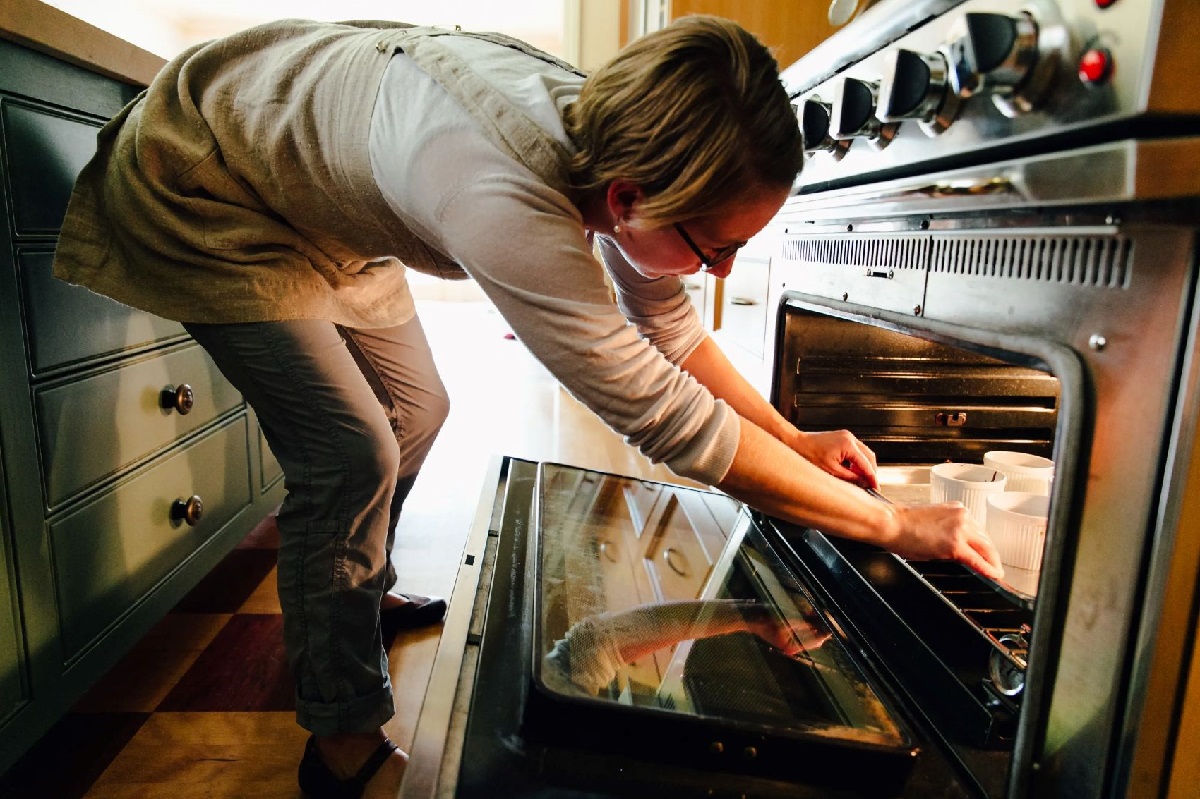Home>Culinary & Beverages>Understanding Steak Temperatures: A Guide To Cooking The Perfect Steak
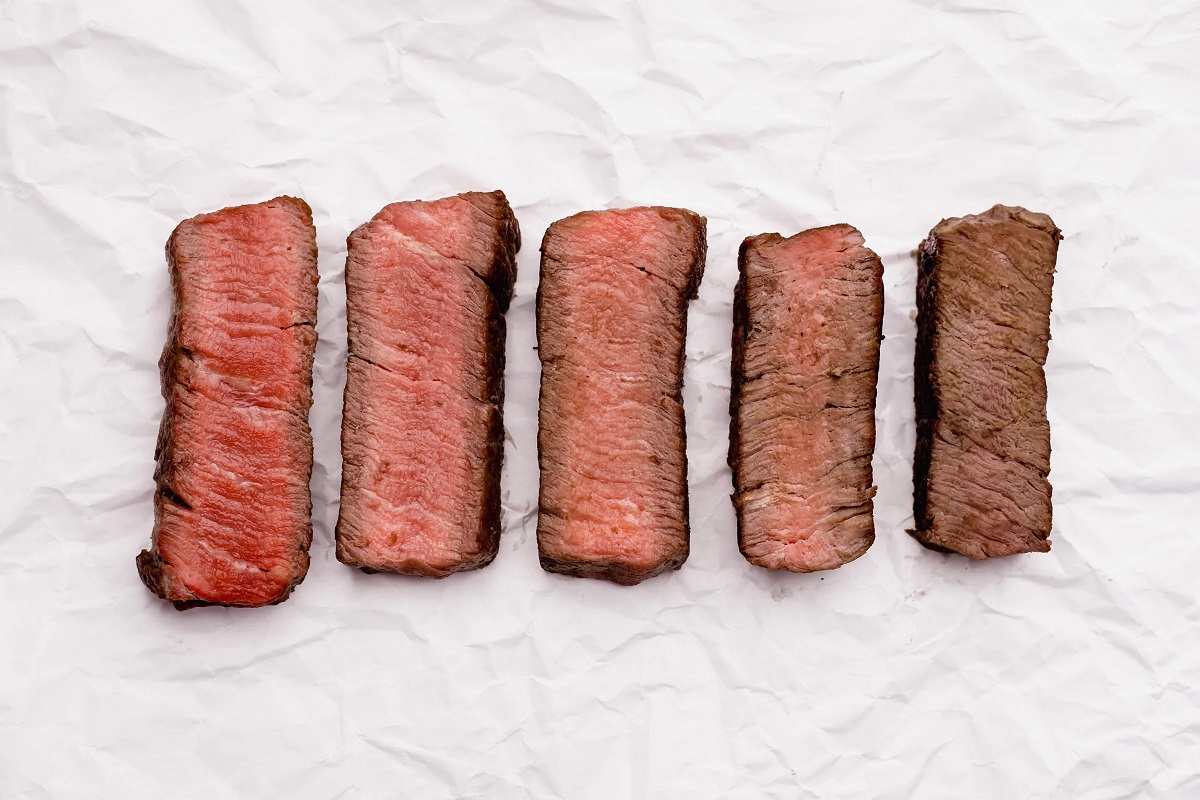

Culinary & Beverages
Understanding Steak Temperatures: A Guide To Cooking The Perfect Steak
Published: February 22, 2024
Learn the art of cooking the perfect steak with our comprehensive guide to understanding steak temperatures. Elevate your culinary skills and master the art of grilling with our expert tips and techniques.
(Many of the links in this article redirect to a specific reviewed product. Your purchase of these products through affiliate links helps to generate commission for Temperatures.com, at no extra cost. Learn more)
Table of Contents
- The Importance of Steak Temperatures
- Factors Affecting Steak Temperatures
- Rare: The Perfect Steak for Rare Steak Lovers
- Medium Rare: Achieving the Ideal Balance of Juiciness and Flavor
- Medium: A Safe Bet for Steak Enthusiasts
- Medium Well: For Those Who Prefer a Slightly Less Juicy Steak
- Well Done: Cooking Steak to the Highest Temperature
The Importance of Steak Temperatures
The temperature at which a steak is cooked plays a pivotal role in determining its flavor, juiciness, and overall dining experience. Achieving the perfect steak temperature is an art that requires precision and understanding of the desired level of doneness. Whether you prefer a rare, medium rare, medium, medium well, or well-done steak, the temperature at which it is cooked significantly impacts its taste and texture.
When a steak is cooked to the ideal temperature, it ensures that the meat is not only safe to consume but also boasts the desired level of tenderness and juiciness. Understanding the nuances of steak temperatures empowers home cooks and professional chefs alike to cater to diverse preferences, ensuring that each steak is prepared to perfection.
The importance of steak temperatures extends beyond personal preference; it also reflects the culinary expertise of the individual preparing the dish. By mastering the art of cooking steaks to specific temperatures, chefs can showcase their skill and attention to detail, elevating the dining experience for patrons and guests.
Furthermore, steak temperatures are a reflection of the quality of the meat and the cooking method employed. A perfectly cooked steak, whether rare or well done, highlights the natural flavors of the meat and demonstrates the chef's ability to harness the inherent qualities of the cut.
In essence, understanding steak temperatures is not merely about achieving a specific level of doneness; it is about honoring the integrity of the meat and delivering a culinary experience that is tailored to individual preferences. Whether savoring a rare steak with a luscious pink center or indulging in a well-done steak with a rich, caramelized exterior, the importance of steak temperatures cannot be overstated.
Read more: Perfecting The Art Of Cooking A Medium Steak
Factors Affecting Steak Temperatures
The attainment of the perfect steak temperature is influenced by a myriad of factors that collectively contribute to the overall cooking process. Understanding these factors is essential for achieving the desired level of doneness and ensuring a delightful dining experience. Here are the key elements that impact steak temperatures:
-
Initial Meat Temperature: The starting temperature of the steak significantly influences the cooking process. A steak that is closer to room temperature will cook more evenly, allowing the heat to penetrate the meat gradually. Conversely, a steak taken directly from the refrigerator may require longer cooking times to reach the desired internal temperature, potentially resulting in uneven doneness.
-
Thickness of the Steak: The thickness of the steak directly affects the cooking time and the degree of doneness. Thicker cuts require more time to cook through, allowing the heat to penetrate the center without overcooking the exterior. Thinner steaks, on the other hand, necessitate shorter cooking times to prevent them from becoming overdone.
-
Type of Cut: Different cuts of steak vary in their composition, marbling, and muscle structure, which can impact how they respond to heat. For instance, a tenderloin steak may reach the desired temperature more rapidly than a ribeye due to its leaner composition. Understanding the unique characteristics of each cut is crucial for achieving the perfect level of doneness.
-
Cooking Method: The method of cooking, whether grilling, pan-searing, or broiling, influences the rate at which the steak cooks. Grilling over an open flame may result in faster cooking times compared to pan-searing, which allows for more precise temperature control. Additionally, the use of sous vide or reverse-sear techniques can impact the final temperature of the steak.
-
Resting Period: The resting period after cooking is a critical factor in achieving the ideal steak temperature. Allowing the steak to rest enables the redistribution of juices, resulting in a more consistent level of doneness throughout the meat. Neglecting this step may lead to a disparity in temperatures between the outer and inner layers of the steak.
By considering these factors and their collective influence, chefs and home cooks can navigate the intricacies of steak temperatures with confidence, ensuring that each steak is prepared to perfection, tailored to individual preferences, and reflective of culinary expertise.
Rare: The Perfect Steak for Rare Steak Lovers
Rare steak, with its tender texture and vibrant red center, is a culinary delight cherished by aficionados of fine dining. This level of doneness represents the epitome of steak artistry, offering a unique sensory experience that celebrates the natural flavors and succulence of the meat.
When preparing a rare steak, the internal temperature typically ranges from 125°F to 130°F (51°C to 54°C), resulting in a steak that is seared on the outside while maintaining a cool, crimson center. Achieving this delicate balance requires precision and a keen understanding of the cooking process.
The appeal of rare steak lies in its exceptional tenderness and juiciness, attributes that are preserved by the brief cooking time necessary to reach this level of doneness. The result is a steak that practically melts in the mouth, offering a luxurious sensation with every bite.
To ensure that a rare steak is cooked to perfection, it is essential to utilize high heat to quickly sear the exterior, creating a flavorful crust while retaining the natural juices within. This rapid cooking method allows the steak to reach the desired temperature without diminishing its inherent tenderness, resulting in a culinary masterpiece that captivates the palate.
Rare steak enthusiasts appreciate the unadulterated essence of the meat, as the minimal cooking process preserves its natural flavors and textures. Each bite offers a symphony of flavors, from the rich umami notes to the subtle hints of sweetness, culminating in a sensory experience that is unparalleled.
For those who savor the purity of premium cuts and relish the nuanced nuances of beef, a rare steak represents the pinnacle of indulgence. It is a testament to the art of cooking, where the intrinsic qualities of the meat are celebrated, and the culinary expertise of the chef is showcased.
In essence, rare steak is not merely a dish; it is an expression of culinary mastery and a celebration of the finest ingredients. For those who appreciate the art of steak preparation and the unparalleled pleasure of savoring a perfectly cooked rare steak, this level of doneness embodies the epitome of gastronomic delight.
Medium Rare: Achieving the Ideal Balance of Juiciness and Flavor
Medium rare steak represents the epitome of culinary harmony, striking a perfect balance between succulent juiciness and rich, beefy flavor. This level of doneness, characterized by a warm, rosy pink center surrounded by a seared exterior, embodies the art of steak preparation at its finest.
When cooking a steak to medium rare perfection, the internal temperature typically ranges from 130°F to 135°F (54°C to 57°C), allowing for a gentle cooking process that retains the natural juices and tenderness of the meat. This delicate balance of heat and timing is essential for achieving the desired texture and flavor profile.
The appeal of medium rare steak lies in its ability to showcase the inherent qualities of the meat while enhancing its savory richness through the Maillard reaction, which occurs during the searing process. This results in a steak that is tender, yet boasts a caramelized exterior that adds depth and complexity to each delectable bite.
The sensory experience of indulging in a medium rare steak is nothing short of extraordinary. With each slice, the knife effortlessly glides through the tender meat, releasing a burst of savory aroma and revealing a luscious, pink center that glistens with natural juices. The first bite yields a symphony of flavors, from the robust umami notes to the subtle hints of sweetness, culminating in a sensory journey that captivates the palate.
For steak enthusiasts who appreciate the perfect marriage of tenderness and flavor, medium rare represents the pinnacle of steak enjoyment. It is a testament to the art of precision cooking, where the steak is brought to the ideal temperature to unlock its full potential, resulting in a culinary masterpiece that delights the senses.
In essence, medium rare steak is a celebration of culinary finesse and a testament to the exceptional quality of the meat. It embodies the art of achieving the perfect balance of juiciness and flavor, offering a dining experience that is both indulgent and deeply satisfying. Whether enjoyed on its own or paired with complementary accompaniments, a perfectly cooked medium rare steak is a culinary triumph that continues to captivate discerning palates worldwide.
Medium: A Safe Bet for Steak Enthusiasts
Medium doneness, often considered a safe bet for steak enthusiasts, embodies a culinary equilibrium that appeals to a wide spectrum of palates. With an internal temperature ranging from 140°F to 145°F (60°C to 63°C), a medium steak offers a delectable compromise between tenderness and a slightly firmer texture. This level of doneness presents a versatile canvas for showcasing the natural flavors of the meat while providing a satisfying dining experience.
When preparing a steak to medium doneness, the meat undergoes a transformative journey that results in a warm, pink center enveloped by a well-seared exterior. This delicate balance of heat and timing allows the steak to retain its juiciness while developing a rich depth of flavor through the caramelization of its surface.
The appeal of a medium steak lies in its ability to cater to a diverse range of preferences. For those who appreciate a tender yet more substantial texture, medium doneness offers an ideal compromise. Each succulent bite delivers a harmonious blend of savory notes, complemented by the subtle interplay of natural juices and the robust essence of the beef.
Indulging in a medium steak is a sensory experience that unfolds with each tantalizing mouthful. The knife effortlessly glides through the meat, revealing a captivating mosaic of hues that signify the perfect union of heat and flavor. The first bite yields a symphony of savory richness, punctuated by the tender juiciness that defines a meticulously prepared medium steak.
For steak enthusiasts who value a balance of tenderness and robust flavor, medium doneness represents an exemplary choice. It is a testament to the culinary artistry of achieving the perfect equilibrium, where the steak is cooked to a precise temperature that ensures a gratifying dining experience. Whether savored alongside complementary accompaniments or enjoyed in its unadulterated form, a flawlessly cooked medium steak embodies the essence of culinary mastery.
In essence, medium doneness is a celebration of culinary versatility and a testament to the exceptional quality of the meat. It embodies the art of satisfying a broad spectrum of palates while delivering a dining experience that is both gratifying and deeply fulfilling. Whether relished in a cozy home setting or savored in a renowned steakhouse, a perfectly cooked medium steak continues to captivate and delight discerning palates with its timeless appeal.
Read more: Optimal Temperature For A Medium Rare Steak
Medium Well: For Those Who Prefer a Slightly Less Juicy Steak
Medium well doneness caters to individuals who appreciate a steak with a slightly less juicy yet still tender texture. With an internal temperature ranging from 150°F to 155°F (66°C to 68°C), a medium well steak offers a balance between tenderness and a firmer consistency, appealing to those who prefer a more substantial bite. This level of doneness presents a nuanced approach to steak preparation, providing a satisfying dining experience for discerning palates.
When cooking a steak to medium well doneness, the meat undergoes a transformative process that results in a warm, pale pink center surrounded by a well-seared exterior. This delicate balance of heat and timing allows the steak to retain a degree of juiciness while developing a rich depth of flavor through the caramelization of its surface.
The appeal of a medium well steak lies in its ability to cater to those who seek a balance between tenderness and a more substantial texture. Each succulent bite delivers a harmonious blend of savory notes, complemented by the subtle interplay of natural juices and the robust essence of the beef.
Indulging in a medium well steak is a sensory experience that unfolds with each tantalizing mouthful. The knife effortlessly glides through the meat, revealing a captivating mosaic of hues that signify the perfect union of heat and flavor. The first bite yields a symphony of savory richness, punctuated by the satisfying texture that defines a meticulously prepared medium well steak.
For steak enthusiasts who value a balance of tenderness and robust flavor, medium well doneness represents an exemplary choice. It is a testament to the culinary artistry of achieving the perfect equilibrium, where the steak is cooked to a precise temperature that ensures a gratifying dining experience. Whether savored alongside complementary accompaniments or enjoyed in its unadulterated form, a flawlessly cooked medium well steak embodies the essence of culinary mastery.
In essence, medium well doneness is a celebration of culinary versatility and a testament to the exceptional quality of the meat. It embodies the art of satisfying a broad spectrum of palates while delivering a dining experience that is both gratifying and deeply fulfilling. Whether relished in a cozy home setting or savored in a renowned steakhouse, a perfectly cooked medium well steak continues to captivate and delight discerning palates with its timeless appeal.
Well Done: Cooking Steak to the Highest Temperature
When it comes to steak doneness, well done represents the pinnacle of thorough cooking, catering to individuals who prefer their steak to be cooked to the highest temperature. With an internal temperature exceeding 160°F (71°C), a well-done steak embodies a robust and fully cooked texture, offering a substantial bite that is well-done throughout.
Preparing a steak to well-done perfection involves a meticulous approach to cooking, ensuring that the meat reaches the desired temperature while retaining its inherent juiciness and flavor. The extended cooking time required for achieving well-done doneness allows for a thorough transformation of the meat, resulting in a uniformly cooked interior with a well-seared exterior.
The appeal of a well-done steak lies in its substantial texture and the rich depth of flavor that develops during the extended cooking process. Each bite offers a satisfying chewiness, complemented by the savory essence of the beef that permeates every mouthful. While the juiciness may be less pronounced compared to rarer levels of doneness, a well-done steak presents a hearty and robust dining experience that resonates with those who appreciate a fully cooked texture.
Indulging in a well-done steak is a sensory journey that unfolds with each bite, offering a gratifying experience that emphasizes the rich, caramelized flavors developed during the extended cooking process. The knife effortlessly glides through the meat, revealing a consistent, well-done interior that signifies the culmination of precise cooking techniques and attention to detail.
For steak enthusiasts who value a thoroughly cooked texture and a pronounced depth of flavor, well-done doneness represents an exemplary choice. It is a testament to the culinary artistry of achieving a fully cooked steak that satisfies the preferences of discerning palates. Whether enjoyed with complementary accompaniments or relished in its unadulterated form, a perfectly cooked well-done steak embodies the essence of culinary mastery and offers a timeless appeal to those who seek a hearty and robust dining experience.
In essence, well-done doneness celebrates the art of thorough cooking and the exceptional quality of the meat, delivering a dining experience that is deeply satisfying and resonates with individuals who appreciate a fully cooked texture. Whether savored in a cozy home setting or enjoyed in a renowned steakhouse, a perfectly cooked well-done steak continues to captivate and delight discerning palates with its robust and hearty appeal.
